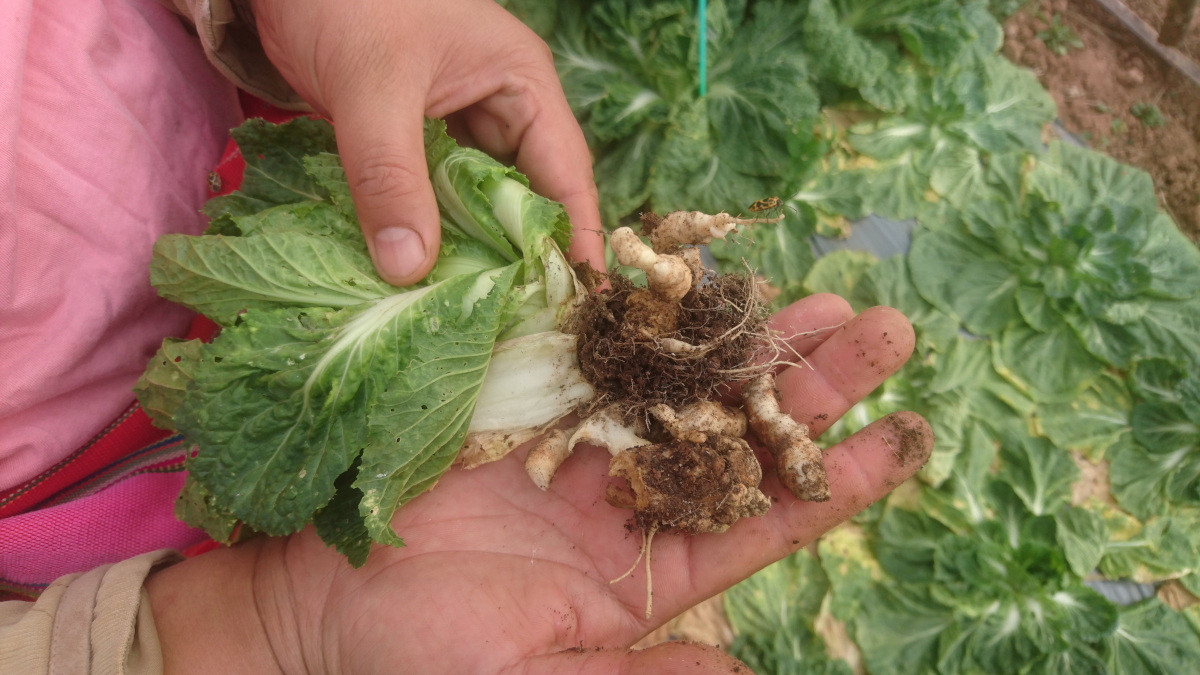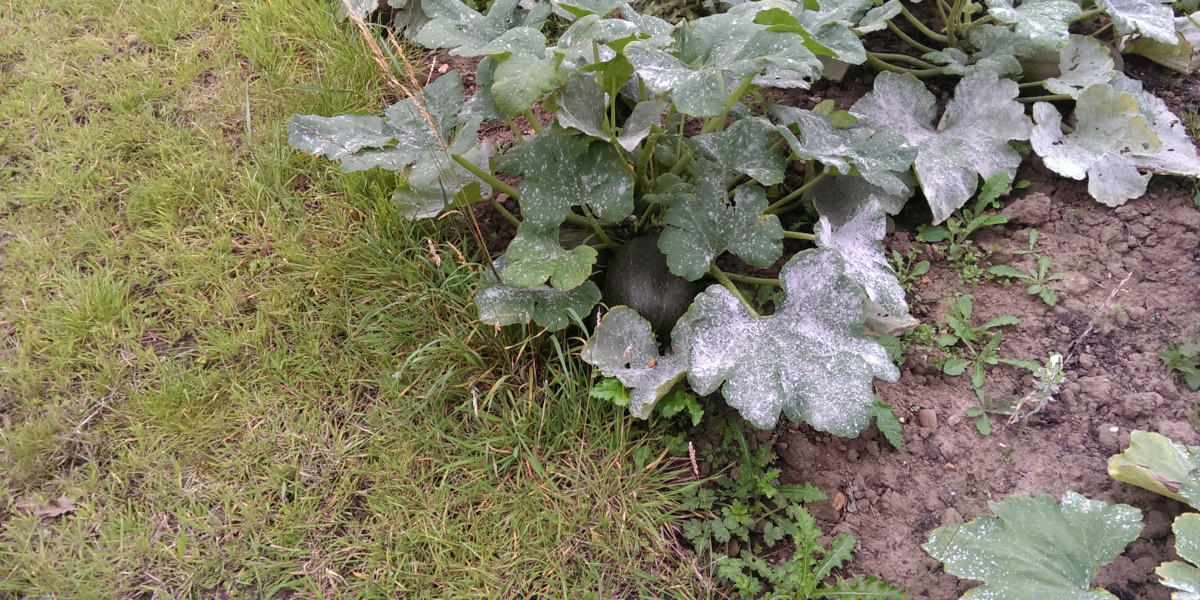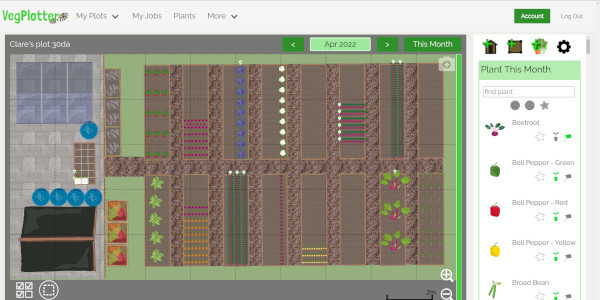How to deal with diseases in your vegetable garden

For many new gardeners, the sound of potato blight or tomato blight feels like another language. From mildew to botrytis, many diseases can affect your vegetable and fruit plants. Let’s look at some of the most common ones in detail and some ways to avoid them or how you can treat the plants affected.
Botrytis
This is a fungal infection of the leaves and sometimes fruit, often called grey mould. It usually affects plants like cucumbers in a warm greenhouse in damp, hot conditions. Outdoors if it is really rainy for a long period, you may spot the grey, mouldy effect on strawberries, lettuce, and squash leaves too and there is a Botrytis specific to grapes, which rots the fruit and reduces the size of the harvest. You should note that the best defence is healthy soil, good hygiene, removal of leaves and nutritious soil.
How to fix it:
Remove any affected leaves and fruit immediately so that it does not spread. Dispose of the leaves but not in your compost or it may spread in there. Good hygiene is essential. Use gloves and bag the grey mouldy leaves and fruit. Cut back some leaves to allow some air to circulate around the affected strawberries. Sterilize equipment after use too. For grapes, remove the dead leaves and any affected fruit. If these grey leaves drop to the ground, they can stay active in the soil over winter so make sure you dispose of the mouldy leaves miles away from the grapevine.
Potato or tomato blight
The first thing you notice is patches of dark brown or black shades on the leaves of the plant. Leaves curl up, wilt and die and if left unnoticed, it will travel down stems to tomatoes, or to the roots of potatoes. This affects the potato root, turning the potatoes a messy foul often foul-smelling black shortly after harvesting, so you cannot eat or store them. Dig up and destroy affected plants, bag them up, and keep them away from the vegetable plot.
How to fix it:
The first question is are you practising crop rotation? Planting the same crop in the same spot each year is a cause for concern with this disease. Blight is caused by wet weather when it’s warm, and there’s not much we can do about that here in the UK. Place a polythene bag over the affected (tomato or) potato to stop the spread of the disease. Then dig up and remove any plant affected using gloves. Contain the diseased plant in the bag, take it away from the area, and burn or destroy it. Do not add any plant with diseases to the compost heap or you may infect that too. Do not plant potatoes or tomatoes in the same spot for at least 4 years. Tomatoes are in the same family and tomato blight is very common in hot, wet summers. Another way to combat potato blight is to choose resistant tubers to start with.
Clubroot

Club root affects plants in the cabbage family so anything with Brassica in its Latin name. It develops in soil as a mould that looks slimy. If left in the ground, the roots of all your cabbages (or sprouts etc) will swell and look very strange and distorted compared to a normal vertical root, when you dig them up. The plant will wilt and look very sorry for itself and you will not be harvesting many sprouts, kale or cabbages.
How to fix it:
The mould needs damp soil to thrive and experts tell us that it is more common in acidic soil. Good drainage will remove some of the dampness, so dig, rake and add a handful of sand at intervals to help with drainage. Next, apply a layer of lime to make the soil less susceptible. Luckily, cabbages prefer soil that has been limed too. Dig up any affected plants as soon as you spot any problems and destroy them away from the veg patch.
Mildew

Sometimes called Powdery Mildew, anybody who grows cucumber or gooseberries will know what this is. On cucumbers, it resembles a dusting of talcum powder on leaves and even fruit, and on gooseberries, the ripening fruit seems to have a white coating. It can affect apples, blackcurrants, cabbages and the Brassica family, courgettes, and peas.
How to fix it:
This fungal disease enjoys heatwave weather when there is no fresh wind blowing, and sometimes it appears in drought, when the plants feel under stress. Make sure you water regularly, and try to clear away any block to fresh air circulating by removing old branches or dead leaves. If the soil has been mulched, it gives more protection against drying out, so apply a 2-inch (4-5 cm) layer of mulch in spring to deter the mildew.
Onion rot
This one makes the bulb of the onion turn white but you will notice the leaves turn a dull yellow colour first. The base of the bulb goes squishy and you may notice feathery white mould covering parts of the forming onion. The mould is called Stromatinia cepivoria, and if untreated, black fruit can drop into the soil underneath, so it is important not to let that happen because this mould can survive for many years after fruiting.
How to fix it:
Dig up the onions affected as soon as you notice and bag them up and take them away from the area. Take care to watch any others in that row. The advice at my allotment is that onions grown from seed are more susceptible so try growing onion sets for the next few years. Do not plant onions in that patch for 7-8 years as the mould can live for a few years. Avoid planting leeks too as they are from the same family.
Conclusion
This week I bet you’re squirming at the thought of all those possible diseases. The best help is to practise crop rotation, tackle any problems as early as possible and have excellent hygiene in removing any affected crops. Next week, let’s look at companion planting for a thriving spring garden. This means growing two plants close together for a beneficial effect. Find out more next week!



